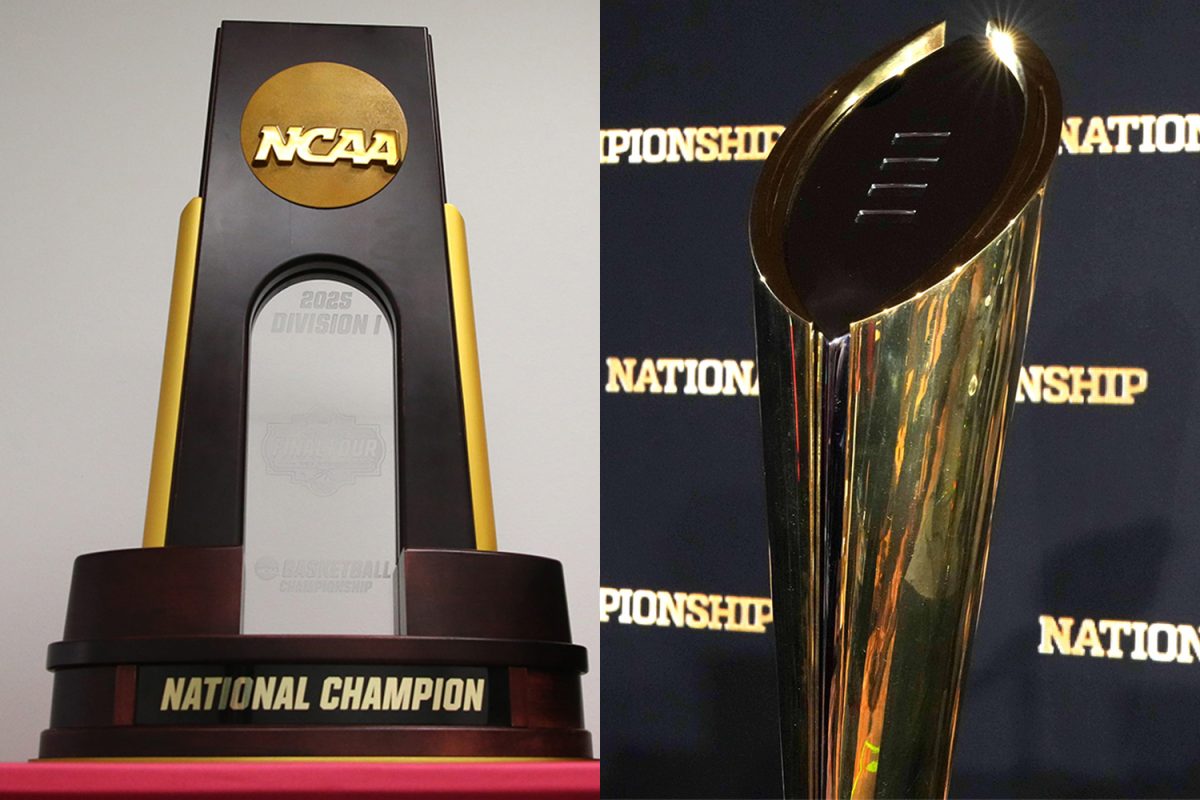Basketball
Nothing quite brings fans together like the idea of doing the impossible.
The NCAA Tournament Bracket Challenge is an exciting 68-team do-or-die sports challenge where an estimated 34 million fans try to decide the correct outcome of the NCAA tournament.
And it comes just one time a year — during March Madness.
Experts say your odds of creating a perfect bracket are one in 120.2 billion, hence why investor and financier Warren Buffett offered any Berkshire Hathaway employee an astonishing $1 billion dollar prize if they were to create the perfect bracket in 2014.
This exciting time of year has captivated fans for the last 86 years. Last-second buzzer beaters and underdog upsets are the norm.
There is something undeniably appealing about rooting for the underdog, and March Madness makes those upset all the more exciting.
Teams are all in chase for one common goal: a chance to immortalize your name in the history books with a national title.
The ongoing exhilaration of this tournament remains true today. Per AP News, this year’s opening round of the NCAA tournament primetime games averaged an astounding 12.2 million viewers across CBS, TNT, TBS, and TruTV.
Keep in mind this was just for the first round. With a reach of this magnitude, no other sport can quite capture the energy of arenas nationwide like March Madness can.
This chaotic three-week stretch of basketball has brought other sports to adopt their ladder postseason format to be more in line with that of March Madness.
With essentially the whole nation tuning into live games or the bracket challenge, inside all this “madness” lies a collective concrete feeling among the majority of the nation: No other sports postseason tops March Madness.
Football
The sport of college football has had one of the most interesting forms of postseason play out of all other popular collegiate sports.
Since the 1900s, college football has used a variety of methods to crown its national champion. From opinion-based polls that would vote on what team had the most impressive season to the Bowl Championship Series in the 2000s, the sport hasn’t had the most logical forms of determining the best team that specific season.
Fast forward to 2014 when the sport finally decided to expand the national championship to not just two teams but four. Fans of the sport know this as the College Football Playoffs.
Originally, the new playoff picture picked the four best teams to compete against one another. This new format led to countless memories that every college football fan will remember forever, but ultimately, it caused a lot of controversy. Year after year, a handful of schools would feel like they were left out of contention in the final playoff bracket. This caused many to debate not whether expansion was necessary but when it would happen.
Last season was the first example of the latest expanded playoffs — a 12-team system that would give automatic bids to all power conference champions and the top mid-major team. The remaining seven spots would be given to the most deserving teams that compiled seasons full of difficult schedules and impressive wins. And it was electric.
This new playoff system is not only the best in the sport’s long history — it’s the best in the entire college landscape. It ensures fair representation among all power conferences while giving more teams a legitimate chance to win. We also get unique matchups otherwise impossible in conference play like Texas and Arizona State or Notre Dame and Ohio State.
Moreover, it gives fans like me another month of exciting college football — the best sport in the NCAA — that pins the best teams against each other in a win-or-go-home format.



